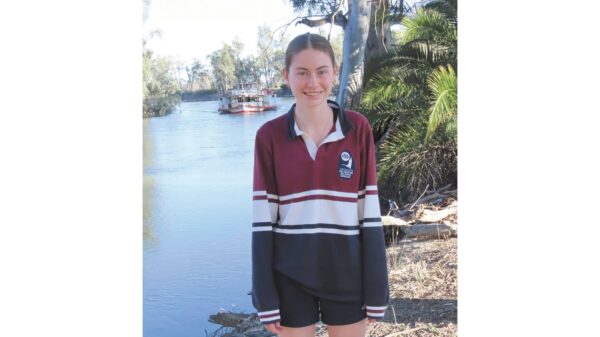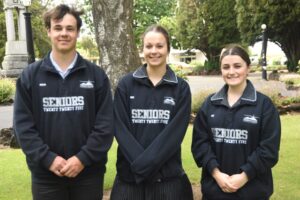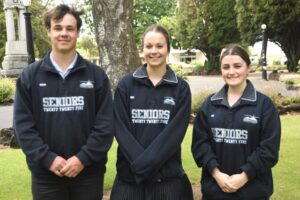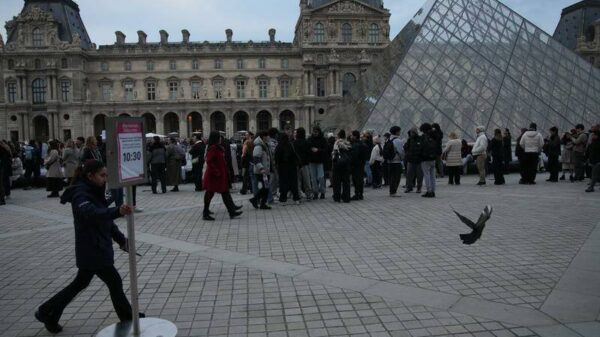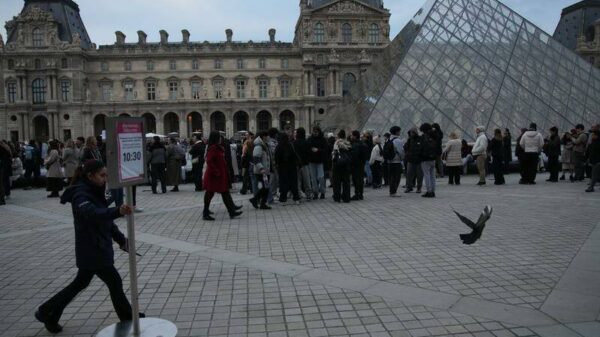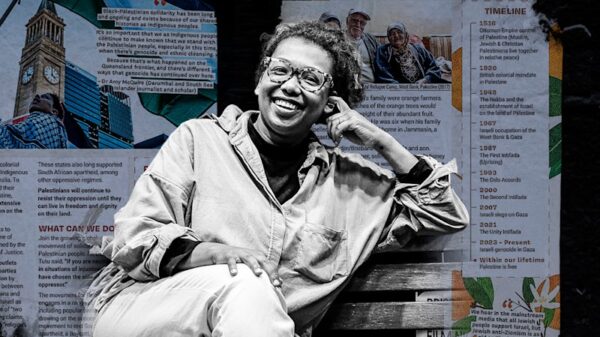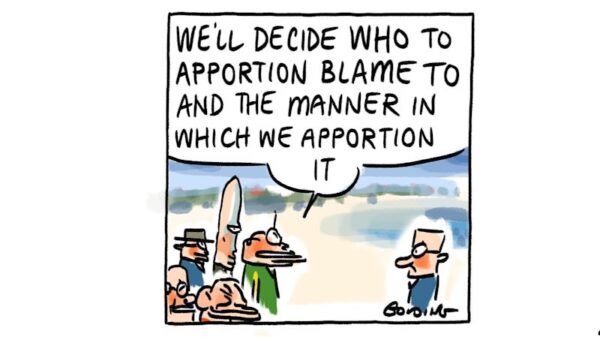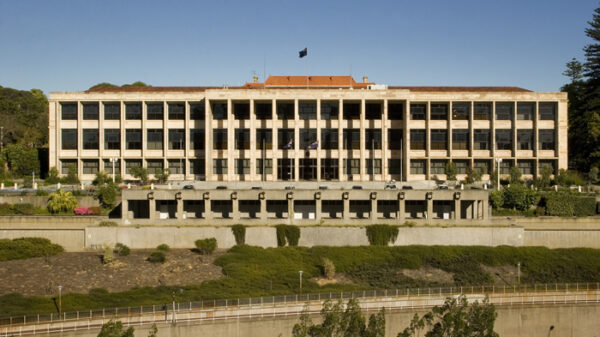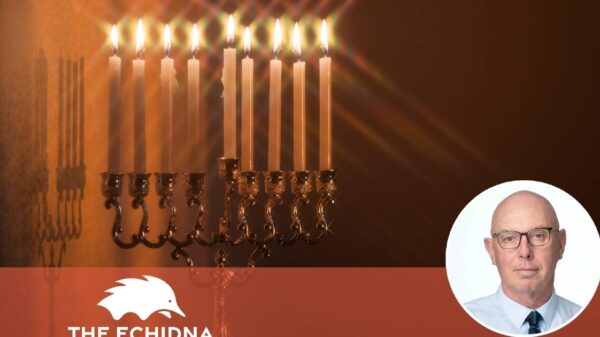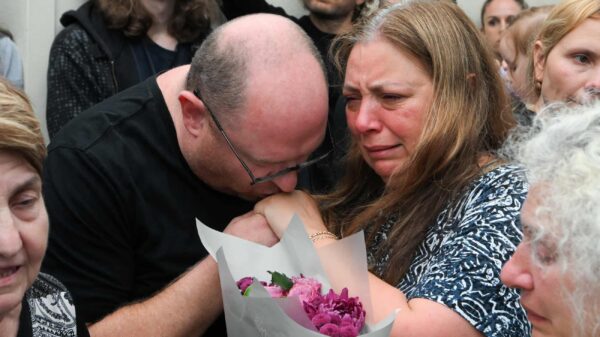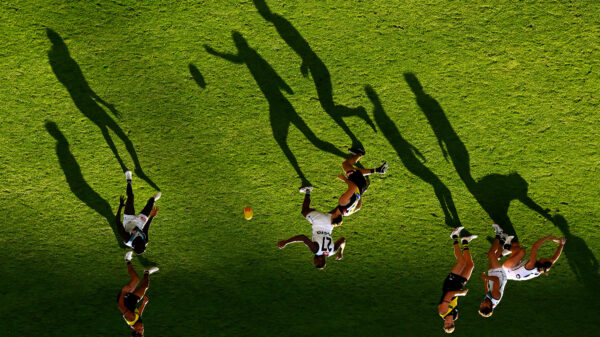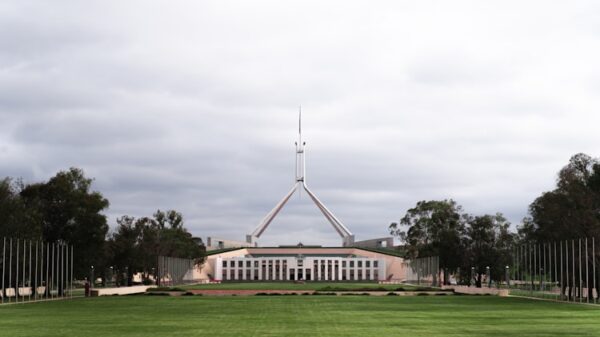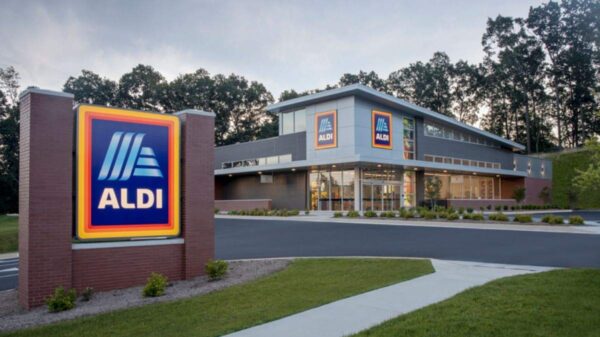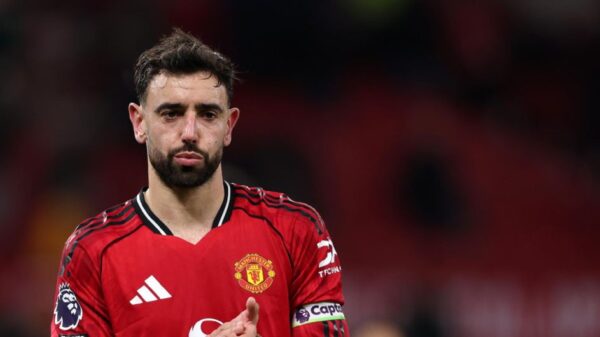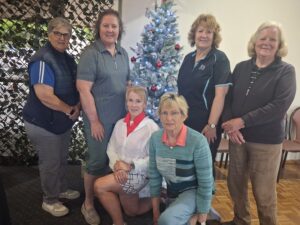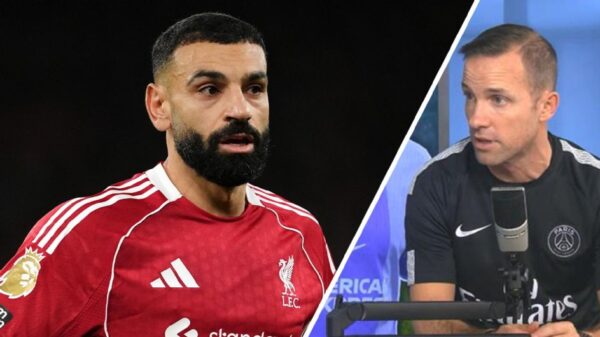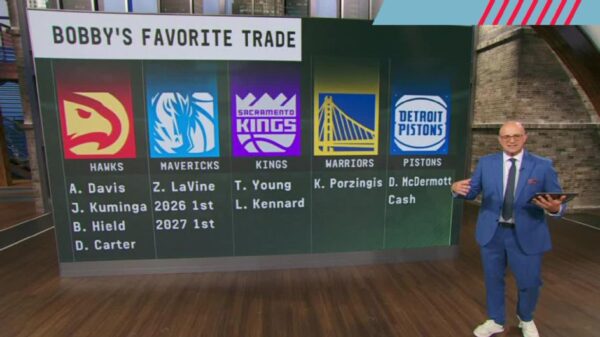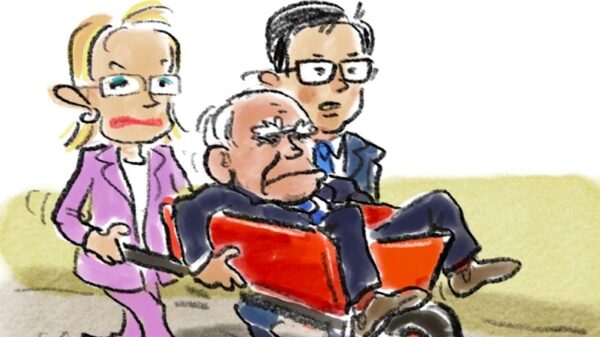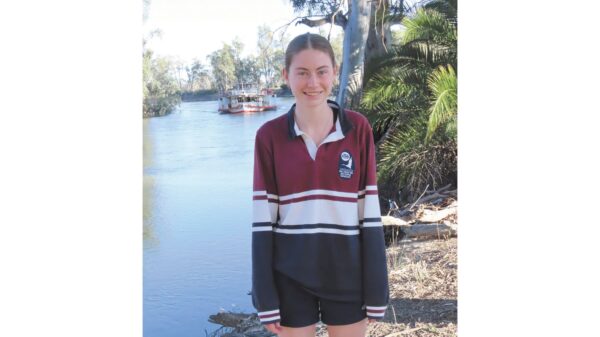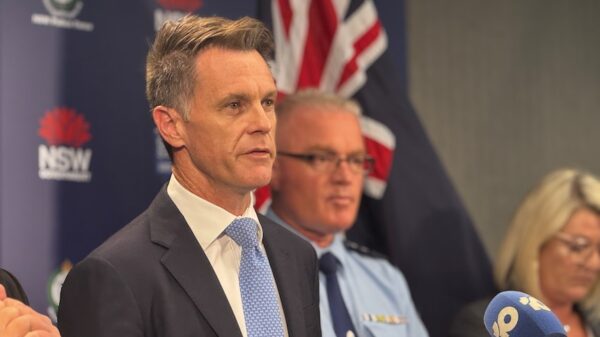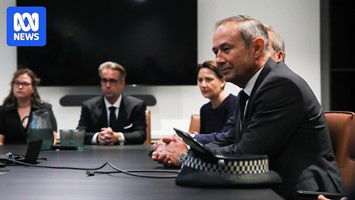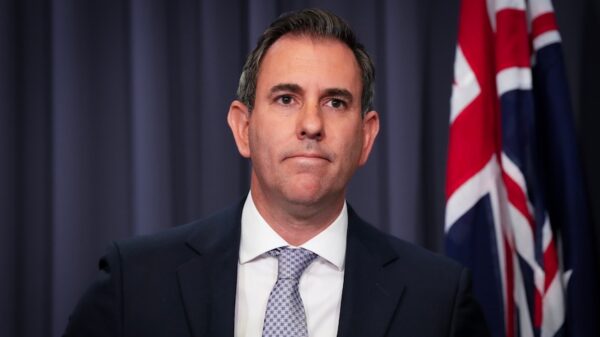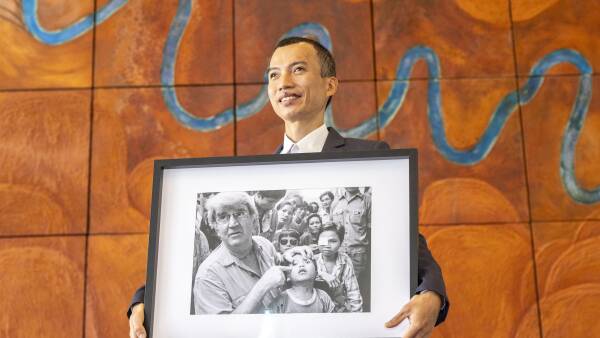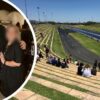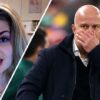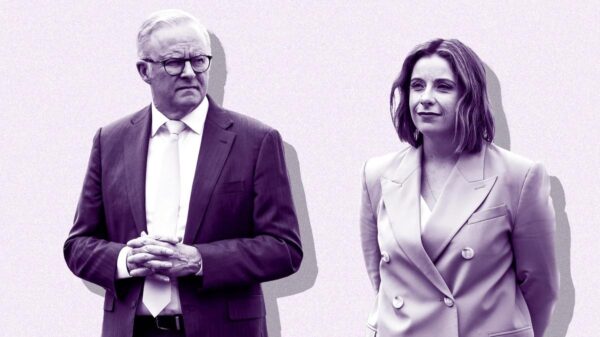Tran Van Giap was just six years old when he became a symbol of hope and transformation thanks to the efforts of the late Australian surgeon Professor Fred Hollows. In 1992, during a visit to an eye hospital in Vietnam, Giap was brought to the forefront of a crowd by his father, who was seeking help for his son, who had lost vision in his right eye due to a traumatic cataract caused by an accident.
Despite the grim prognosis from doctors, who believed Giap’s sight could not be restored, Professor Hollows took immediate action. He pulled the young boy onto his lap, explained the surgical options, and within a day, Giap was scheduled for an operation. The moment was captured by photographer Michael Amendolia, resulting in an iconic image that would symbolize the work of the Fred Hollows Foundation for decades.
From Patient to Advocate
Fast forward thirty years, Giap is now a mathematics teacher in Ho Chi Minh City, married with two children. His recent visit to Canberra on March 15, 2024, was not just a personal journey; it was an opportunity to express gratitude to the Australians who continue to support the foundation’s mission. Giap met with politicians to share his story, emphasizing the profound impact that the foundation’s work has had not just on his life, but on countless others.
According to Ross Piper, Chief Executive of the Fred Hollows Foundation, the photograph of Giap with Professor Hollows resonates deeply with many Australians. “It’s a remarkable story of a transformed life and a transformed system in Vietnam,” he said, reflecting on the foundation’s efforts to increase access to eye care in the country.
When Giap first encountered Professor Hollows, he was advised by doctors that his vision was unlikely to return. His father had seen a crowd gathering at the hospital and pushed Giap forward, leading to a life-changing moment. Giap recalled, “The doctor put me on his lap and gave me a quick eye check-up. It happened very quickly.” He was scheduled for surgery the next day, performed by Dr. Sanduk Ruit, a surgeon trained by Hollows.
A Life Regained
Following the surgery, Giap’s vision began to return. “A few days later, when the bandages came off, I could see the green colour of the trees outside my window,” he said. His eyesight continued to improve, allowing him to resume his education and eventually become a teacher. “I feel very lucky,” he added, noting how the surgery not only restored his vision but inspired him to pursue his studies vigorously.
Now at 40, Giap enjoys a fulfilling life, stating, “I don’t need to use spectacles and I can do things in my daily life. I enjoy every moment. It’s a beautiful life.” During his recent trip to Australia, Giap had the chance to visit Gabi Hollows, Professor Hollows’ widow, further solidifying the connection between his past and present.
Giap expressed his gratitude, stating, “I can see that I have two fathers—my dad who loved me so much and Professor Hollows who gave me my vision back.” His story reflects the broader impact of the Fred Hollows Foundation, which has restored sight to over three million people worldwide.
Dr. Phuc Huynh, a former director of the foundation in Vietnam, highlighted the dramatic changes in eye care over the past three decades. “When Professor Hollows visited Vietnam, only two surgeons could perform about 50 cataract surgeries a year in the whole country. Now, there are 1,000 surgeons performing 350,000 cataract surgeries annually, covered by the national medical insurance scheme,” he explained.
Mr. Piper emphasized the profound implications of this transformation. “It’s a powerful example of how aid and development can be impactful—not just to solve immediate problems but to transform a whole nation.” The legacy of Professor Hollows, through Giap’s story, continues to inspire hope and action in addressing avoidable blindness globally.

